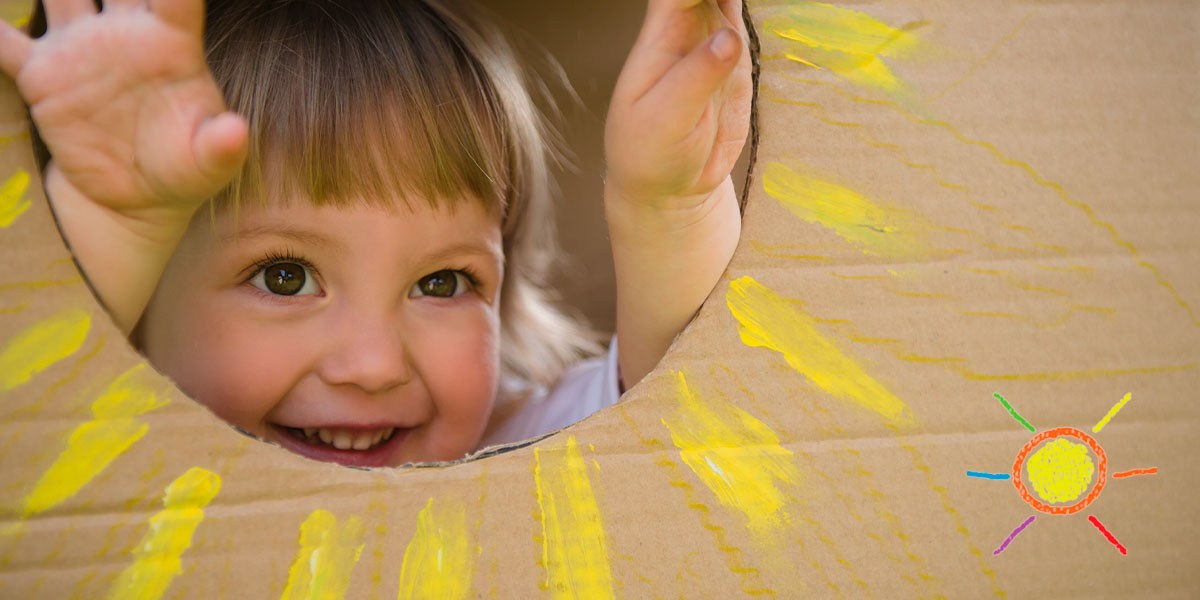A solid hygiene routine is critical for gaining independence as a child. For children with autism spectrum disorder (ASD), though, learning how to take care of themselves can be more challenging than it is for their neurotypical peers.
If you’re a parent, caregiver or educator beginning the special needs hygiene education journey, you might be unsure where to start. This guide will provide helpful tips and tricks for communicating personal hygiene skills to your child so you can take your first steps with confidence.
The Challenges of Autism and Self-Care Skills
Parents and caregivers often find that the symptoms of ASD present unique obstacles to teaching their children healthy self-care habits. Here are some common examples of challenges you may face:
- Difficulties with communication: Often, children with autism struggle with developing language and nonverbal communication skills, which can make grasping new concepts challenging.
- Sensory sensitivities: Many children with autism have sensory processing issues, which can make hygiene tasks like brushing their teeth or taking a bath unpleasant for them. These children often develop a strong aversion to tasks that are overstimulating.
- Need for structured routines: Because kids with autism seek comfort in routines and repetitive behaviors, they often resist change. Even a little deviation from the sequence can cause a child to feel anxious and confused, which can make teaching new behaviors more difficult.
Taking the time to understand ASD and its impact on behavior is essential for overcoming these challenges because it can help you develop the patience and empathy you need to work through each obstacle.
5 Tips for Teaching Adaptive Hygiene Instructions
If you’re looking for a good place to start, we’re here to help. Here are some of the most effective tips for teaching children with autism about personal hygiene:
1. Establish a Routine and Stick to It

When teaching a child with autism hygiene, routines incorporating effective sensory strategies can help soothe them and reduce their resistance to change. Clearly outline each step and what you expect to reduce confusion and fear.
A morning hygiene routine for a young child could look like this:
- Wake up
- Wash face
- Brush teeth
- Comb hair
- Get dressed
- Go to the dining room for breakfast
If your child tends to rush through these tasks, or they fixate on the activity and lose track of time, you can use timers to encourage them to stick to a schedule. Music is a great way to keep track of time and make small tasks fun — for example, you could make a playlist of your child’s favorite songs and encourage them to finish their morning routine by the time the playlist ends.
It’s also important to remember that many children feel overwhelmed by complex tasks, so breaking these bigger activities into bite-sized steps can help minimize that anxiety. For example, you can break hand washing down like this:
- Wet hands
- Apply soap
- Lather for at least 20 seconds
- Rinse hands
- Dry off with a towel
Consistency is critical. Give your child some degree of choice so they have a sense of agency, but try to keep to the schedule every day to establish it as a permanent part of their daily life.
2. Demonstrate Each Task and Encourage Imitation
Children with autism learn well when their parents or caregivers encourage them to imitate the behaviors of those around them. Demonstrating hygiene activities like washing your hands or brushing your teeth provides a real model they can use to try the action themselves.
If you can’t demonstrate a task — for example, if you want to show them how to shower — acting it out can often work just as well. You can also use video tutorials for less complex tasks if you prefer.
After showing the behavior, encourage your child to imitate what they see and reward them for their efforts with praise, a small treat or another preferred reward.
3. Use Visual Supports
One of the most effective ways to overcome communication barriers when teaching children with autism is to use visual supports, like charts, checklists and timelines. Images and diagrams are also helpful for showing how to complete each task, which can reduce confusion. For instance, you can print out pictures of a child brushing their teeth and washing their hands and place the images beneath each step on a colorful timeline.
Focus on making your visual aids easy to understand and fun to look at to avoid overwhelming your child. You can also make it more rewarding with interactive elements, like checking each step off with a fun sticker. These little touches can help your child feel accomplished and encourage them to keep going.
4. Reward Your Child
Whether your child responds best to verbal praise or a favorite toy, positive reinforcement can be an effective tool for motivating your child to keep up with their new routine. Positive reinforcement encourages desired behaviors by providing rewards after completion, like extra playtime or a small snack. Eventually, your child will learn to do these actions without the reward — but it’s a great tool when you’re first beginning your journey.
Whatever reward you choose to give your child, it’s best to stay consistent. Using many different rewards interchangeably can be confusing for children with autism, so try to stick to the same ones each time.
For example, instead of using many different phrases to praise your child, limit yourself to two or three short ones. “Good job brushing your teeth” or “Good job combing your hair” are useful ways to change up the praise they expect from you for specific tasks.
5. Respect Your Child’s Individuality
Every child on the autism spectrum is unique, which is why using the same approach for everyone is ineffective. It’s important to be flexible and account for your child’s individual sensory preferences and aversions.
You can start by observing how your child responds to each new step in their hygiene routine. Note which tasks spark the most resistance and which come easier to them. Try to find ways to simplify the more difficult tasks — perhaps you can break them down into even smaller chunks, or you can try making your visual aid a little clearer. Focus on how you can best communicate to your child the importance of hygiene in their daily lives.
How ABA Therapy Can Help Your Child Learn Positive Hygiene Behaviors
While establishing a hygiene routine with your child may seem like a major task, you don’t have to do it alone. Applied behavioral analysis (ABA) therapy can help your child learn positive behaviors and even have a little fun along the way.
At MySpot Care, we understand that each child has unique needs. That’s why our team of licensed therapists uses an individualized approach based in ABA techniques to help children with autism build healthy habits like self-care. We also offer in-person, online and at-home services to accommodate each child’s comfort level.
If you’d like to learn more about how our services can help your family, you can contact us online.


